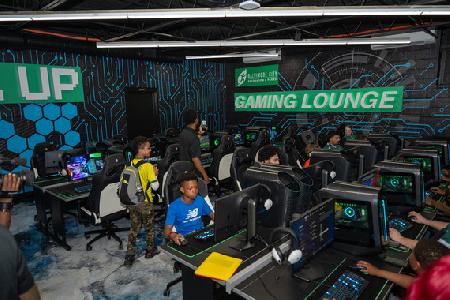Researchers at the University of Maryland School of Medicine in Baltimore are looking at 3D printing to help treat hearing loss.
A study that will be presented Friday at the Radiological Society of North America’s conference in Chicago shows how 3D printing was used to create implants for ossicular conductive hearing loss, which occurs when three bones of the middle ear are damaged. It happens through trauma, infection or other complications.
Currently, prosthetics are used to help restore hearing in the form of implants made of stainless steel or ceramic. But the surgery often fails.
“The ossicles are very small structures, and one reason the surgery has a high failure rate is thought to be due to incorrect sizing of the prostheses,” Jeffrey D. Hirsch, an assistant professor of radiology at the University of Maryland School of Medicine, who authored the study, said in a statement. “If you could custom-design a prosthesis with a more exact fit, then the procedure should have a higher rate of success.”
That’s where 3D printing comes in. It’s been used for other kinds of implants, so Hirsch explored how to apply it to this form of hearing loss.
Using CT imaging and Mimics Innovation Suite software, researchers created models of implants. The implants were then printed using a Form2 3D printer.
The size of the bones in the middle ear required working on a “sub-millimeter level.” The study’s abstract states four surgeons were asked to match to the correct bone. They were able to detect the differences, even with the very small size.
“Each prosthesis had unique measurements. Each of the four surgeons was able to correctly match the prosthesis model to its intended temporal bone. The chances of this occurring randomly are 1:1296,” the abstract states.
“With these models, it’s almost a snap fit,” Hirsch said.
For Hirsch, the accuracy of 3D printing shows promise, and also presents the potential to cut surgery time. Next, the research team plans to look at using biocompatible materials.
Join the conversation!
Find news, events, jobs and people who share your interests on Technical.ly's open community Slack

Baltimore daily roundup: Medtech made in Baltimore; Sen. Sanders visits Morgan State; Humane Ai review debate

Baltimore daily roundup: An HBCU innovation champion's journey; Sen. Sanders visits Morgan State; Humane Ai review debate

Baltimore daily roundup: The city's new esports lab; a conference in Wilmington; GBC reports $4B of economic activity


